Do you dream of having a garden but lack the space or stability for traditional gardening? Container gardening offers a versatile solution, allowing you to grow plants in portable containers that can be moved and rearranged to suit your lifestyle and space constraints. Whether you’re a city dweller with limited outdoor space, a renter with a transient lifestyle, or a gardening enthusiast looking for flexibility and mobility, growing plants in containers provides an opportunity to cultivate a thriving garden oasis wherever you go. In this guide, we’ll explore the benefits, techniques, and best practices for growing plants in containers for mobility, from selecting the right containers to choosing the perfect plants and maintaining a healthy garden on the move.
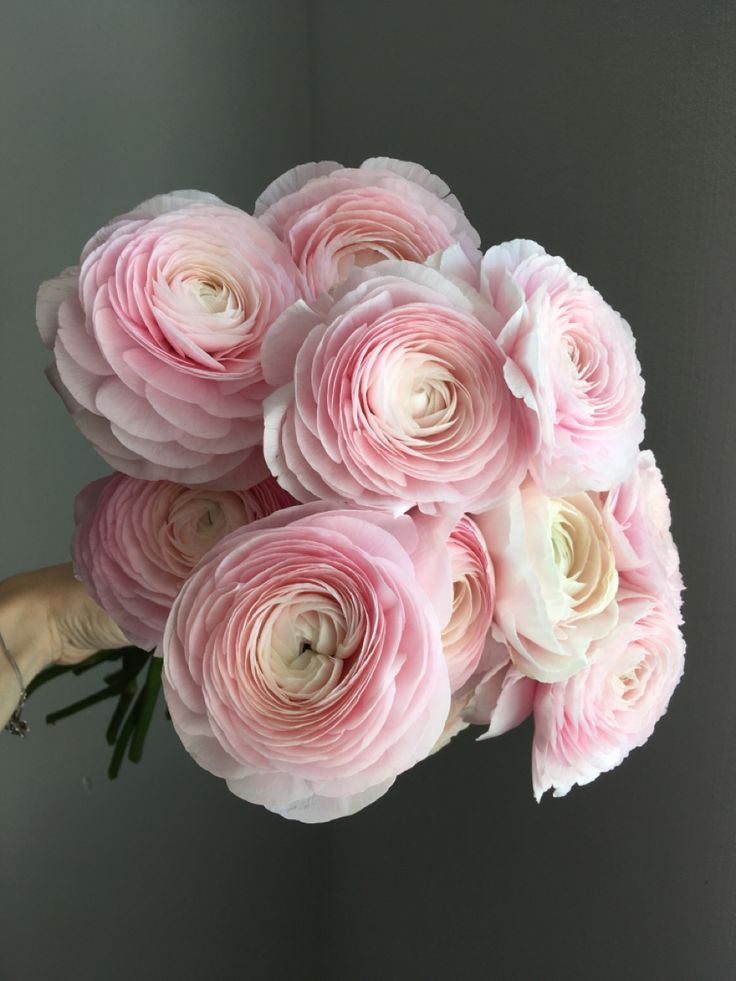
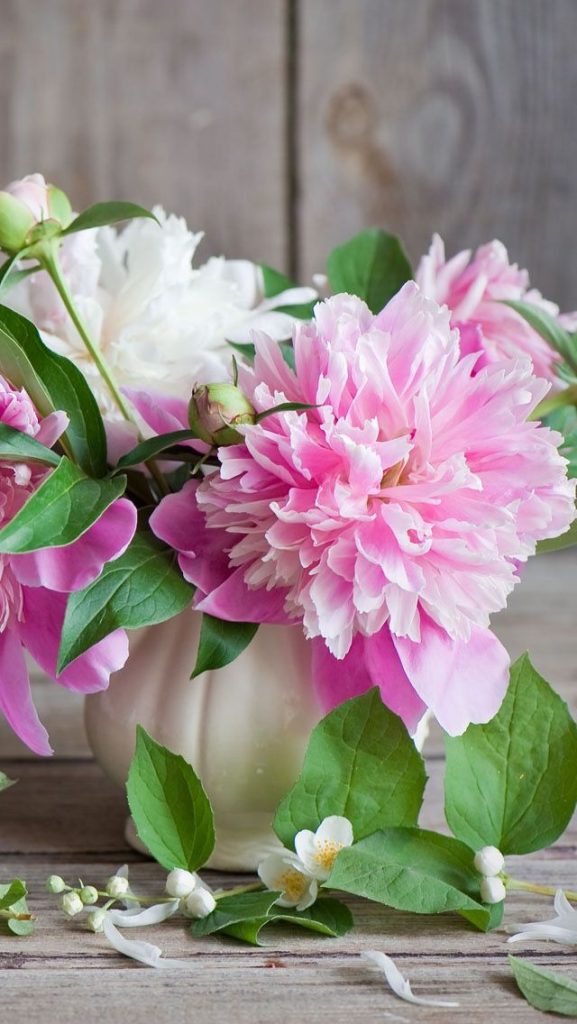
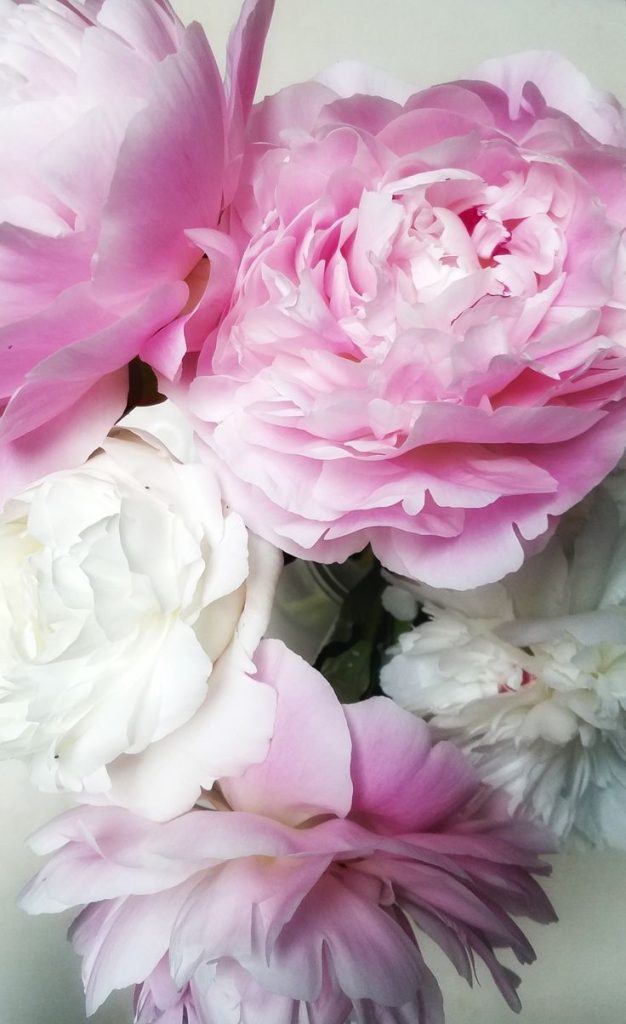

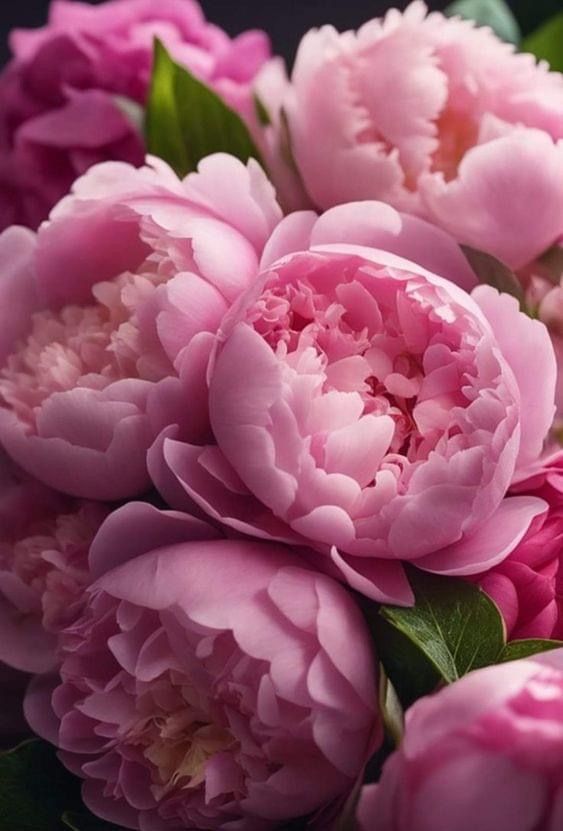
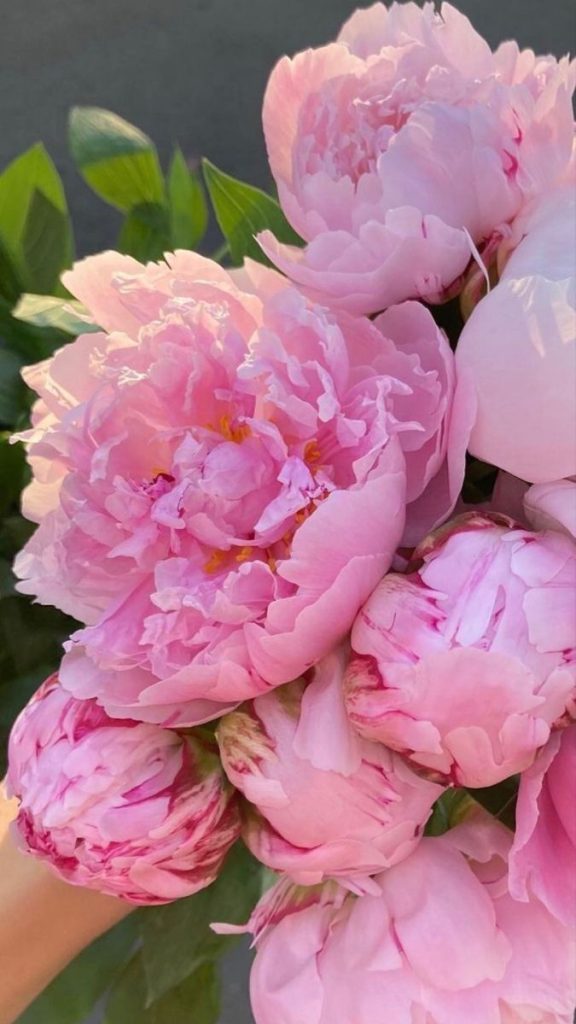
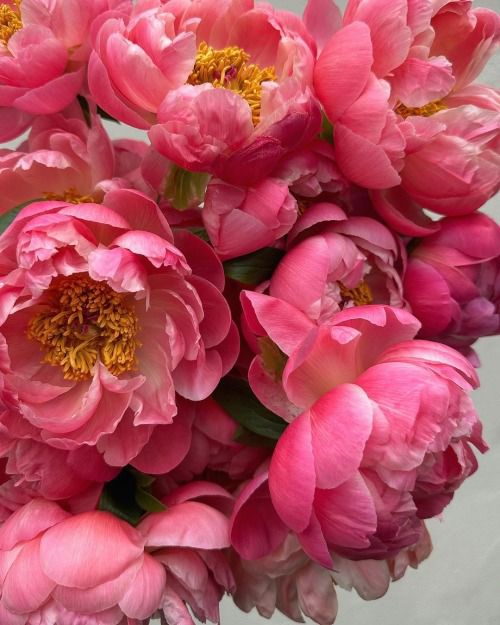
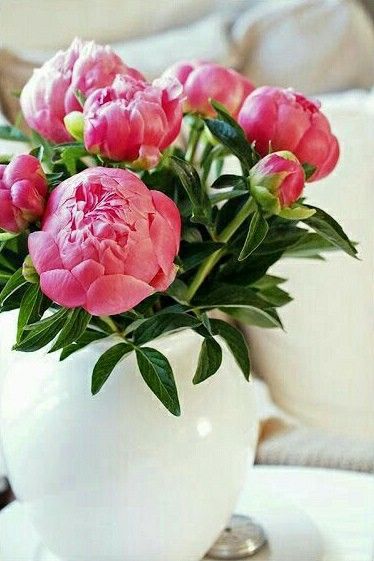
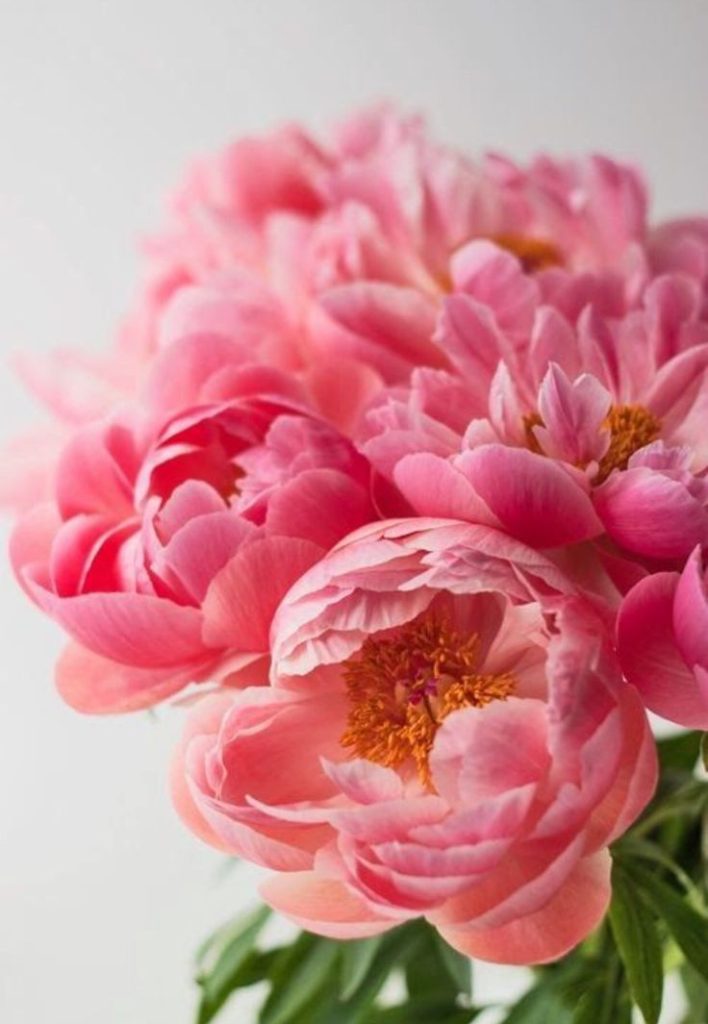
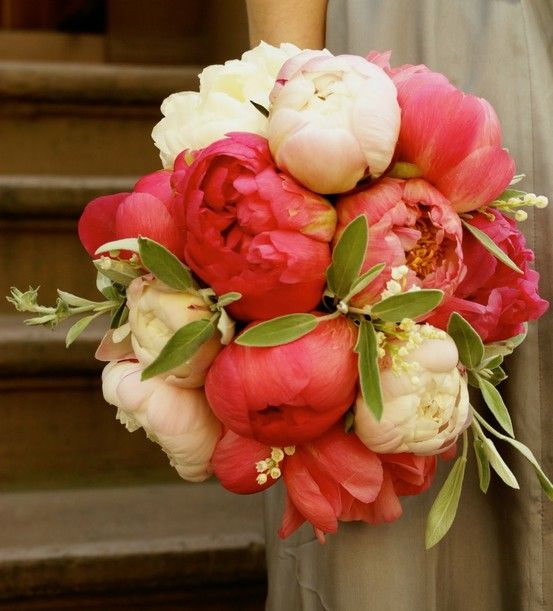
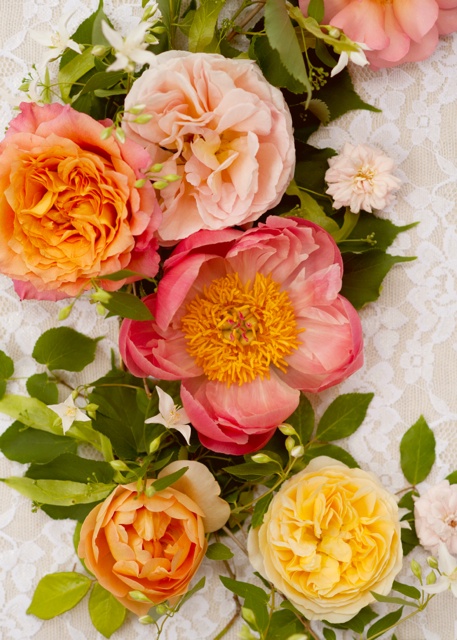
Benefits of Container Gardening for Mobility
Container gardening offers several advantages for gardeners seeking flexibility and mobility:
- Portability: Container gardens can be easily moved and rearranged to adapt to changing environments, such as outdoor patios, balconies, rooftops, or indoor spaces. Whether you’re relocating to a new home, traveling frequently, or simply want the freedom to change your garden layout, container gardening provides a portable solution that fits your lifestyle.
- Space Efficiency: Container gardens are ideal for small or limited spaces where traditional gardening may not be feasible. By utilizing vertical space, hanging baskets, or compact containers, you can maximize growing area and cultivate a diverse range of plants in a minimal footprint.
- Versatility: Container gardening offers endless possibilities for creativity and experimentation, allowing you to mix and match different plant varieties, colors, and textures to create personalized garden displays. Whether you’re growing herbs, vegetables, flowers, or ornamental plants, containers provide a versatile canvas for expressing your unique gardening style.
- Accessibility: Container gardens are accessible to gardeners of all ages and abilities, making them an ideal option for individuals with limited mobility or physical constraints. Raised containers, elevated planters, and wheeled carts allow for easy access and maintenance, reducing the strain and effort required for traditional gardening tasks.
Choosing the Right Containers
When selecting containers for your mobile garden, consider the following factors:
- Size and Depth: Choose containers that are large and deep enough to accommodate the root systems of your chosen plants and provide adequate room for growth. Select containers with drainage holes to prevent waterlogging and ensure proper drainage.
- Material: Containers are available in a variety of materials, including plastic, terracotta, ceramic, metal, and wood. Consider factors such as durability, insulation, weight, and aesthetics when choosing container materials that suit your needs and preferences.
- Portability: Opt for lightweight containers that are easy to move and transport, especially if you plan to rearrange your garden frequently or move it indoors during inclement weather. Look for containers with built-in handles, wheels, or handles for added convenience.
- Style and Design: Choose containers that complement your garden aesthetic and enhance the overall visual appeal of your space. Consider factors such as color, texture, shape, and style when selecting containers that harmonize with your existing decor and landscaping.
Selecting Plants for Container Gardening
When choosing plants for your container garden, consider the following factors:
- Space Requirements: Select plants that are well-suited to container growing and do not require excessive space or root depth. Choose compact, dwarf, or trailing varieties of vegetables, herbs, flowers, and ornamental plants that thrive in confined spaces.
- Light Conditions: Consider the light exposure and microclimates of your garden location when selecting plants for container growing. Choose plants that are compatible with your available light levels, whether you’re gardening in full sun, partial shade, or low light conditions.
- Watering Needs: Select plants with similar watering requirements to simplify maintenance and prevent overwatering or underwatering issues. Choose drought-tolerant plants for containers exposed to hot, sunny conditions or select moisture-loving plants for shady, humid environments.
- Seasonal Varieties: Experiment with seasonal plants and annuals to add variety and interest to your container garden throughout the year. Choose plants with varying bloom times, foliage colors, and growth habits to create dynamic and ever-changing garden displays.
Planting and Maintaining Your Container Garden
Follow these steps to plant and maintain your container garden for optimal growth and performance:
- Prepare Containers: Fill containers with a lightweight, well-draining potting mix formulated for container gardening. Add a layer of gravel or perlite to the bottom of the container to improve drainage and prevent soil compaction.
- Plant Selection: Choose plants with similar growing requirements and complementary characteristics to create harmonious container combinations. Arrange plants according to their height, spread, and growth habits, ensuring adequate spacing for root development and airflow.
- Watering and Fertilizing: Water container plants regularly to maintain consistent soil moisture levels, especially during hot, dry weather or windy conditions. Use a watering can, hose, or drip irrigation system to water plants thoroughly, allowing excess water to drain freely from the containers. Fertilize container plants periodically with a balanced, water-soluble fertilizer to provide essential nutrients for healthy growth and flowering.
- Pruning and Deadheading: Prune container plants as needed to remove dead, damaged, or diseased foliage and promote compact growth and flowering. Deadhead spent flowers regularly to encourage continuous blooming and prevent seed formation.
- Monitoring and Maintenance: Monitor your container garden regularly for signs of pests, diseases, nutrient deficiencies, or environmental stress. Inspect plants for pest damage, wilting, yellowing leaves, or other symptoms, and take corrective action promptly to prevent further damage or spread.
Conclusion
Growing plants in containers offers a flexible and portable gardening solution for gardeners seeking mobility, versatility, and space efficiency. Whether you’re gardening in a small urban apartment, a rented home, or a temporary living space, container gardening provides an opportunity to cultivate a thriving garden oasis that reflects your unique style and personality. By choosing the right containers, selecting suitable plants, and following best practices for planting and maintenance, you can create a vibrant and sustainable container garden that brings joy, beauty, and fresh greenery to any environment. With a little creativity, innovation, and care, you can take your garden with you wherever you go and enjoy the benefits of gardening on the move.
FAQs (Frequently Asked Questions)
- What are the best plants for growing in containers?
- Some of the best plants for growing in containers include herbs like basil, rosemary, and parsley; vegetables like tomatoes, peppers, and lettuce; flowers like petunias, marigolds, and geraniums; and ornamental plants like succulents, ferns, and ornamental grasses. Choose plants that are well-suited to container growing and do not require excessive space or root depth.
- How often should I water plants in containers?
- The frequency of watering container plants depends on factors such as plant species, container size, environmental conditions, and soil moisture levels. Generally, container plants may need to be watered more frequently than plants in the ground, especially during hot, dry weather or windy conditions. Check the soil moisture regularly by inserting your finger into the soil or using a moisture meter to determine when to water. Water container plants thoroughly, allowing excess water to drain freely from the containers, and avoid overwatering or underwatering to prevent root rot or dehydration.
- Can I move container plants indoors during the winter?
- Yes, many container plants can be moved indoors during the winter to protect them from frost, freezing temperatures, or harsh weather conditions. Before bringing plants indoors, inspect them for pests, diseases, or other issues, and prune or treat as needed to prevent infestations or spread. Choose a suitable location indoors with adequate light exposure, temperature, and humidity levels for the plants’ specific requirements. Acclimate plants gradually to indoor conditions by placing them in a sheltered or shaded area initially and gradually increasing exposure to indoor conditions over time. Be mindful of potential temperature fluctuations, drafts, or heating vents that may affect plant health and adjust placement accordingly.
- How can I make my container garden more sustainable?
- To make your container garden more sustainable, consider incorporating eco-friendly practices such as using organic potting mix and fertilizers, collecting and using rainwater for watering, composting kitchen scraps and garden waste, choosing drought-tolerant or native plant species, attracting beneficial insects and pollinators, and reusing or repurposing containers and gardening materials whenever possible. By adopting sustainable gardening practices, you can reduce your environmental footprint, conserve resources, and promote a healthier, more resilient garden ecosystem.